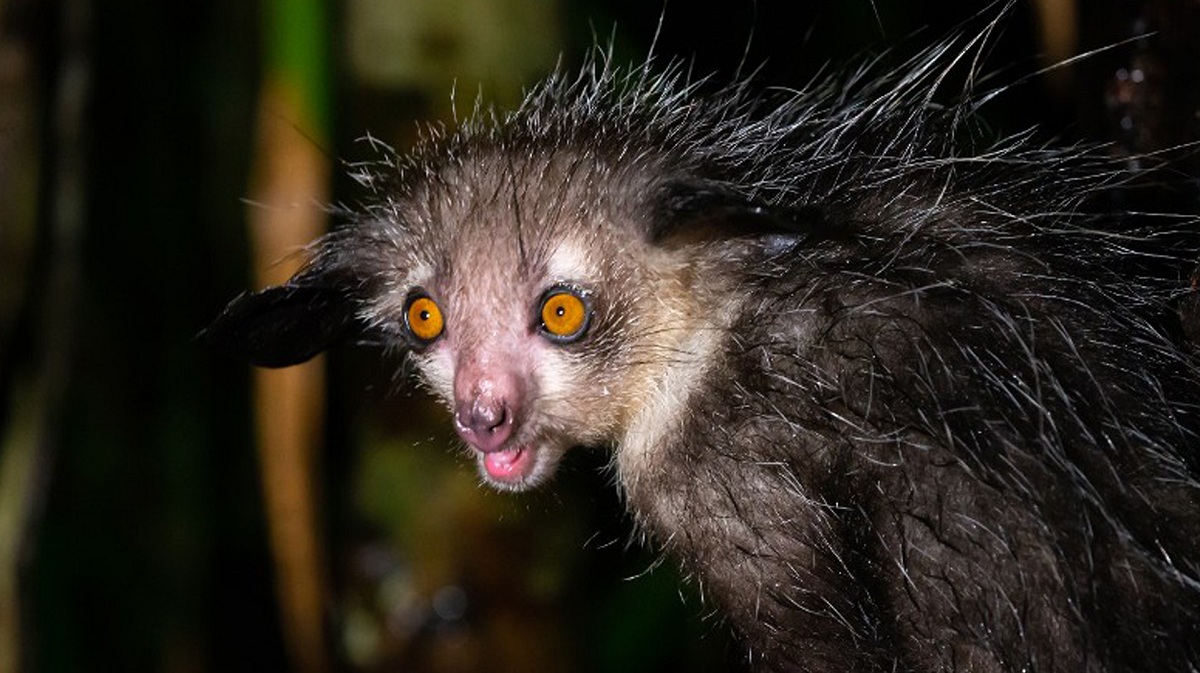
The evolution and adaptation of the different types of environments and ecosystems cause quite rare species to be generated. Among them, there are numerous rare mammals that are not common and that have special characteristics. They are usually quite complicated due and are not very abundant in number.
For this reason, we are going to dedicate this article to telling you about the characteristics of some of the rare mammalian animals in the world.
rare mammals
Maned Guazú (Chrysocyon brachyurus)
It takes its name from the Guaraní words aguará: fox and guazú: large, it is the largest canid in South America and is not related to any other known canid, with specimens in Paraguay, Argentina, Brazil and Bolivia. It feeds on rabbits and small rodents, and although it is harmless to humans and very shy, its habitat is decreasing as the forests are cut down and burned for agricultural purposes, as well as being associated with various myths and legends. Today, it is a protected species in several countries where it lives.
Aye-aye (Daubentonia madagascarensis)
This primate is truly exotic. First, it is classified as a squirrel due to its long, fluffy fur. It is endemic to Madagascar, and its species is listed as "near threatened" since it is estimated that there are only about 2.500 left. It is nocturnal and uses the woodpecker's method of finding larvae under the bark: it rhythmically taps the surface (it is the only mammal to do so). When it finds a hole, it scratches the bark and sticks its long clawed ring finger into the hole to grab the larvae. It lives in the treetops in the most jungle areas and feeds on insects, fruits and leaves.
Goodfellow's tree kangaroo (Dendrolagus goodfellowi)
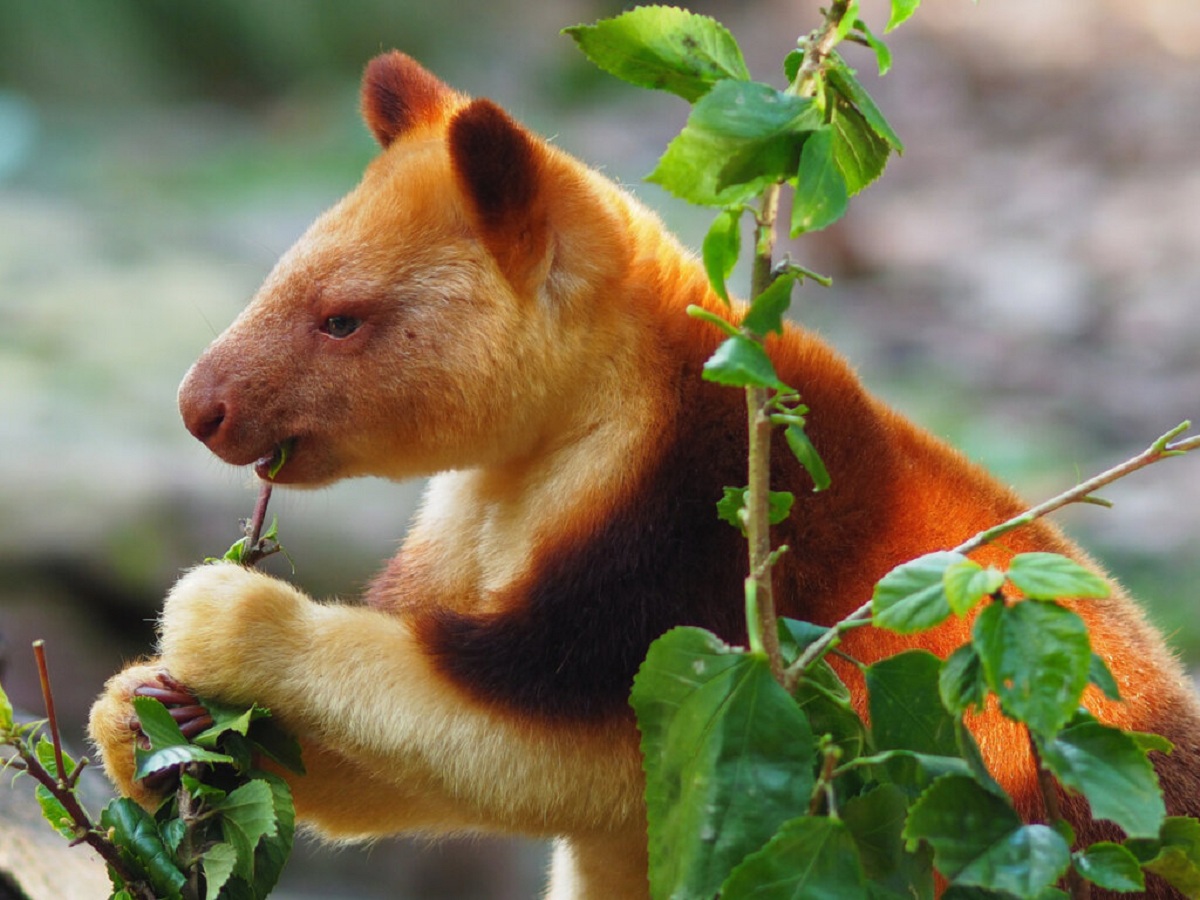
Marsupial native to the island of Papua New Guinea, although it is also found in the border region of Java. It's a bit clumsy and slow on the ground, but it moves with great agility between the branches, which is its usual habitat. It feeds on the leaves of certain trees, but also on fruits, grains and even some flowers. Their stomachs function as herbivores as food is slowly deposited and digested through a process of bacterial fermentation.
Duiker's zebra (Cephalophus zebra)
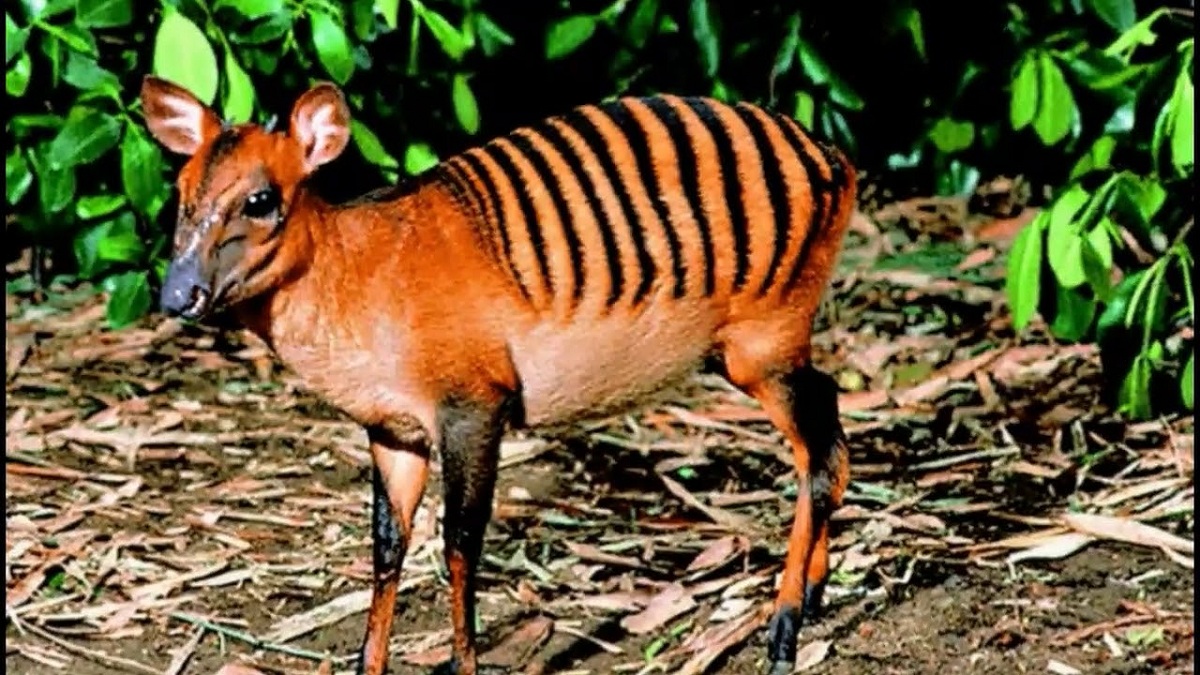
This antelope lives in Liberia, Guinea, Ivory Coast and Sierra Leone. In Guinea it is considered vulnerable due to gradual habitat loss due to deforestation. It is a ruminant and eats leaves, fruits and herbs.
Galeopithecus (Galeopterus variegatus)
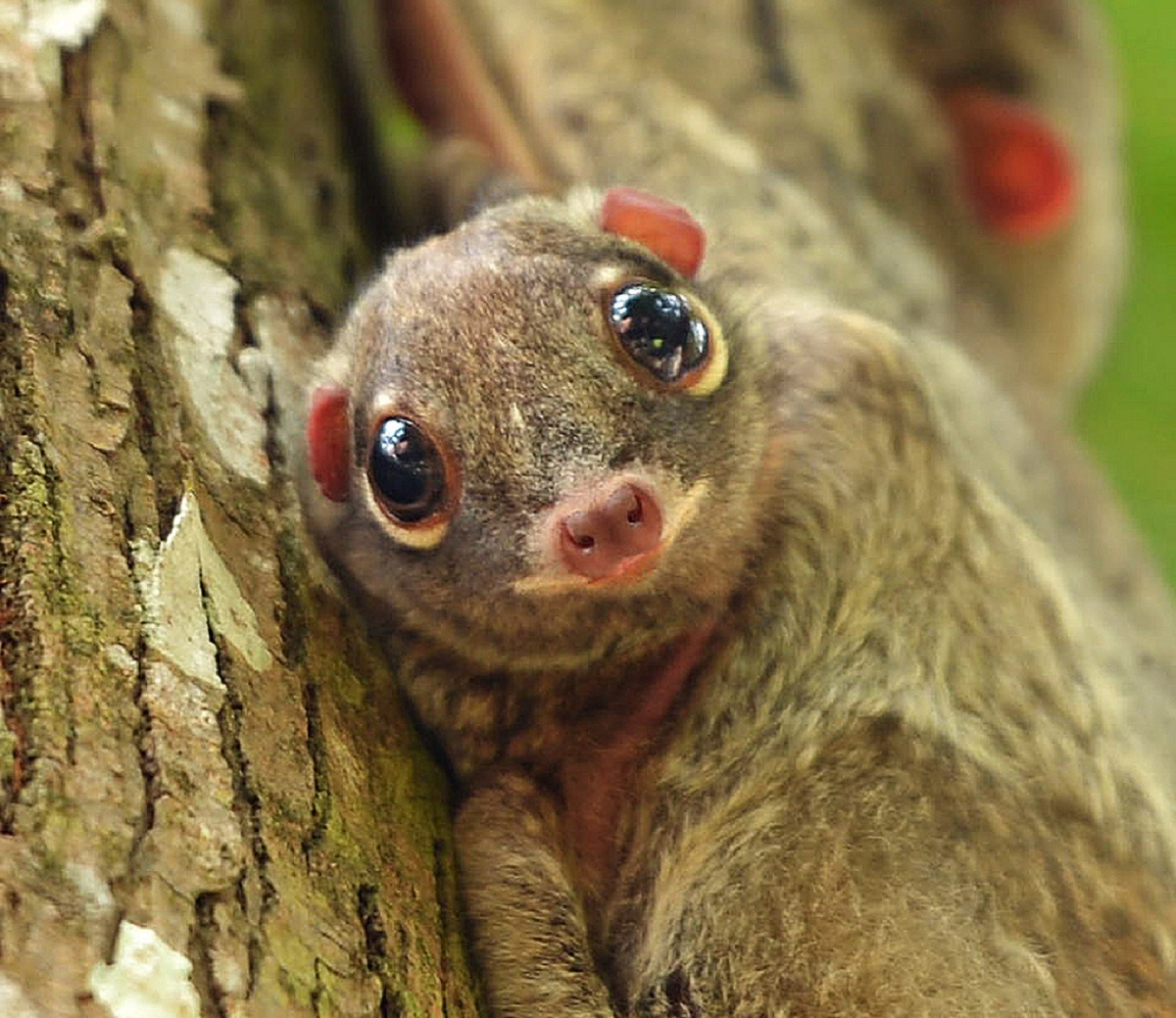
It is often called a lemur or flying lemur, but it is not a lemur. It is such a rare animal that a new order, Dermatoptera, had to be created in order to classify it. His most notable feature is his ability to fly. This is because it has a membrane called a patagium that connects its front legs, back legs, and even its tail from its neck, giving it allows travel up to 70 meters when deployed at high altitude. It feeds on tree fruits and leaves.
Gerenuk (Litocranius walleri)
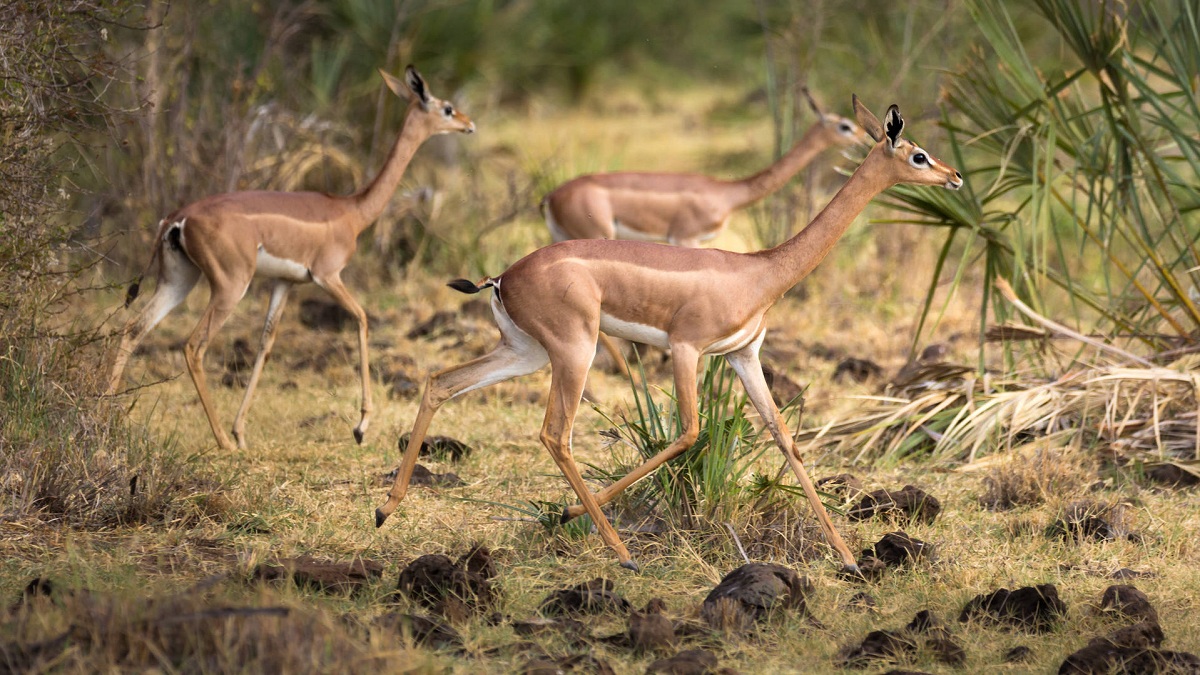
Waller's gazelle or giraffe gazelle as it is known, this graceful and shy animal lives in the African savannah and can be seen eating the leaves of the tallest trees, for which it stands on its hind legs, stretches its neck, and more reaches the branches. It lives in herds and reproduces throughout the year due to to their extensive diet and access to food. It shares the same preorbital glands as many other gazelles, through which it secretes a black paste that marks its territory.
Pichiciego (Chlamyphorus truncatus)
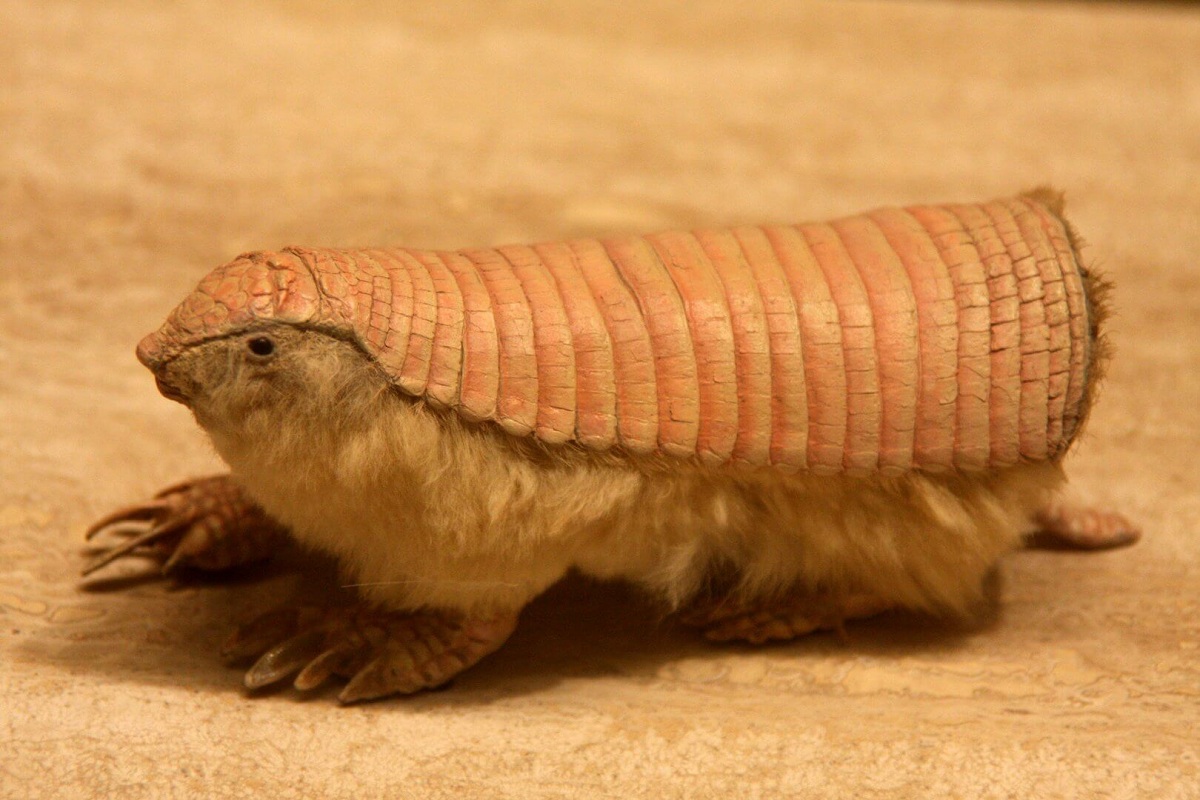
This rare armadillo is nocturnal and feeds on insects, mainly ants, for which it build nests near anthills to provide them with food. It has a furry body, claws adapted for digging with protruding claws, and a shell from head to tail.
Quokka (Setonix brachyurus)
It is a small marsupial with friendly features, not at all aggressive, considered the most docile of its kind, and is usually domesticated. It is endemic to Western Australia, nocturnal and herbivorous.
Naked mole rat (Heterocephalus glaber)
The only rodent of its kind, it is completely hairless and lives in Africa ((Somalia, Ethiopia and Kenya). It can live up to 29 years (it is one of the longest-living rodents), living in matrilineal colonies with a The queen The bee, which It feeds on insects, roots and tubers (which are very harmful in the harvest area). It has been the subject of experiments because it has two characteristics that make it truly incredible: is insensitive to a certain amount of pain (apparently almost voluntary, since its neurotransmitters appear to be functional) and resistance to the spread of certain cancers and spontaneous tumors.
Starry mole (Condylura cristata)

It lives on the northeast coast of the United States and has strange and highly sensitive nasal tentacles with receptors called Emmer's organs that compensate for their blindness while searching for food. It feeds on small insects and is considered the fastest animal to devour its prey.
Chinese water deer

It is a deer that has fangs and has several subspecies. Its area of distribution covers the lower part of the Yangtze Basin between China and Korea. It has also been introduced in France and the UK. They are quite small animals if we compare it with other cervids. They don't have antlers either.. The main difference with common deer is the development of the canines. With these more developed lands, they can better clean the glens and vegetables that are part of their food. Although they have developed canines, they have a herbivorous diet.
rare non-mammalian animals
We also have some rare non-mammalian animals with unique characteristics:
Brazilian Membracid
It is one of the rarest insects that exist and belongs to the genus Bocydium. It is a genus of insects that belongs to the Membracidae family and has with 14 species distributed throughout Latin America and Africa. This insect has a particular head that is shaped like a helicopter. Although it may seem quite threatening, it is harmless to humans. Its size does not reach half a centimeter and it feeds mainly on the sap of the glory plants.
I hope that with this information you can learn more about rare mammals and their characteristics.